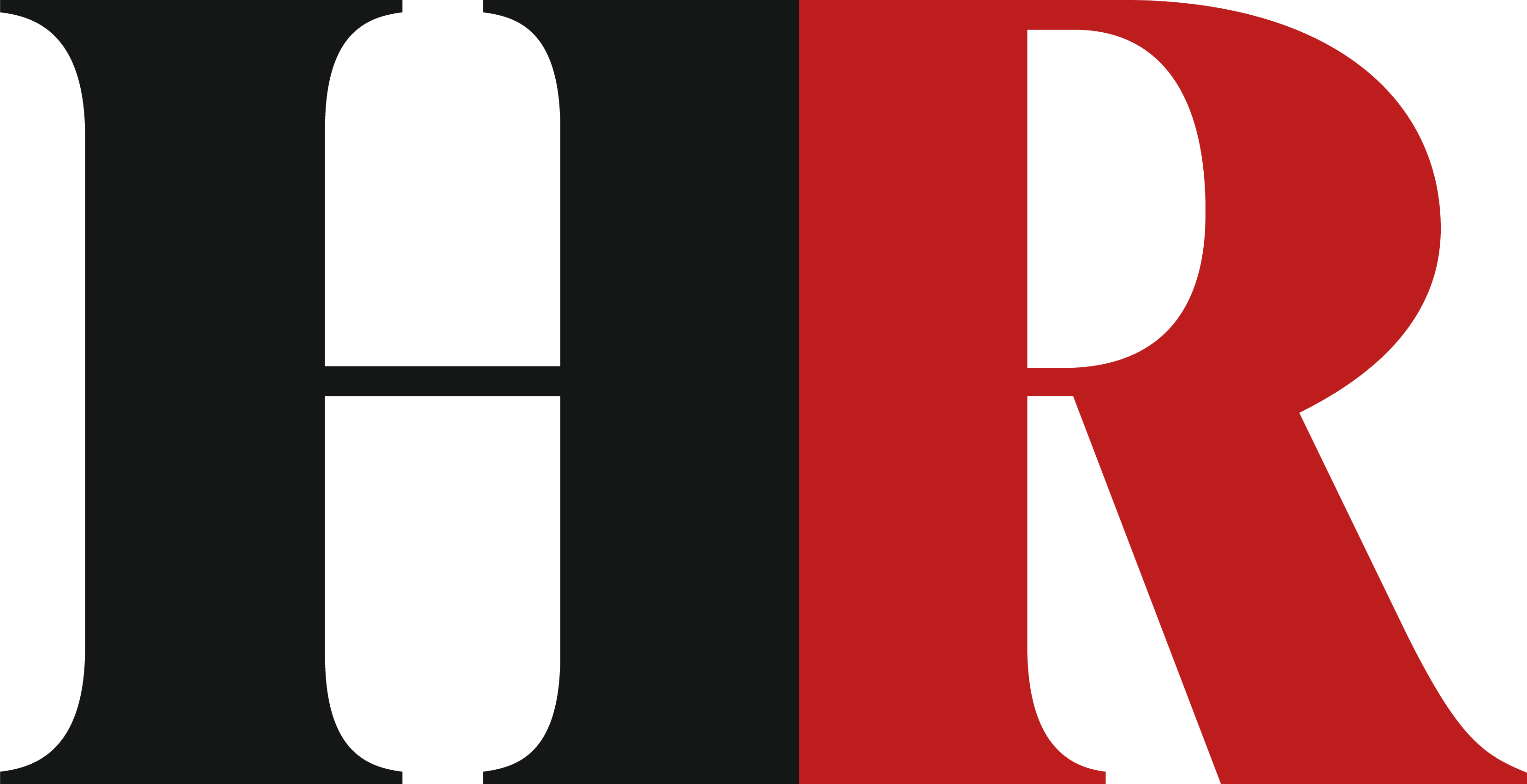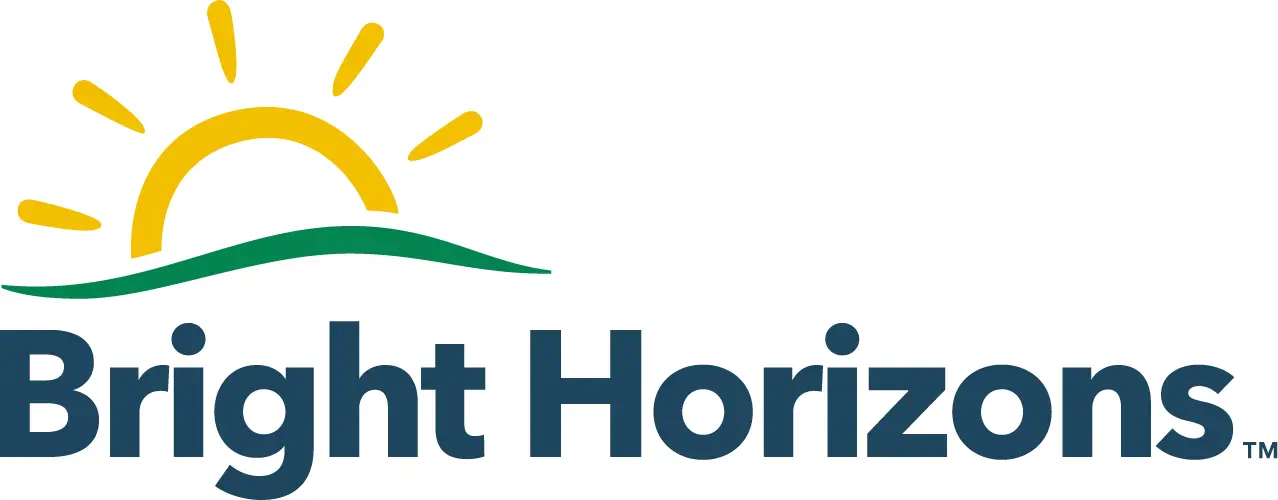Digital communication tools were designed to make life easier. In many ways, they have.
Emails have replaced long, drawn-out phone calls, instant messages (IMs) have taken over sluggish back-and-forth physical meetings and smartphones have made sure we’re always contactable, no matter where we are. However, these advances in technology come at a price, and one that we’re only just beginning to fully appreciate: ping fatigue.
Ping fatigue is a form of mental exhaustion caused by constant notifications from work-related tools. These relentless chimes, buzzes and dings can overwhelm employees and nibble away at productivity.
Read more: Noise in the office distracting employees? Here’s how HR can help
So it’s vital for HR teams to achieve a balance that keeps people motivated and engaged. It might seem like notifications are harmless interruptions, but research tells a different story. Each distraction forces the brain to switch tasks, and it takes an average of 23 minutes to refocus, according to data published in 2024 by software company WorkJoy.
Each alert disrupts workflow, creating a constant multitasking state that leads to errors, stress and reduced productivity. HR professionals must recognise these risks and implement practices that minimise disruptions.
Ping fatigue isn’t just about lost productivity; mental health is suffering too. The CIPD has linked rising work stress to constant connectivity, with notifications contributing to a sense of always being ‘on’.
Hybrid and remote work blur the boundaries between home and office, leaving employees feeling pressured to respond after hours. Many feel obligated to answer pings late at night, or on weekends, contributing to burnout and exhaustion.
At the same time, it’s important to recognise that notifications don’t affect everyone equally. While some can dismiss them easily, others struggle. HR can address these differences by fostering open conversations and tailoring solutions to reduce stress.
Productivity vs availability
A key problem is equating productivity with availability. Many organisations believe that 24/7 responsiveness means working harder, but it often results in stretched-thin workers, reacting to pings instead of completing meaningful tasks.
Solutions to ping fatigue
Reducing ping fatigue doesn’t mean banning notifications, but managing them thoughtfully. HR can lead efforts to ensure that notifications inform rather than overwhelm.
● Set boundaries: Encourage employees to block out ‘focus time’ on their calendars. This makes it easier for employees to prioritise focused work.
● Streamline communication channels: Not all messages need instant responses. HR can define guidelines, ensuring that urgent issues go through IMs while routine updates wait for emails or meetings.
● Encourage breaks: Promote regular breaks from screens as part of a broader wellbeing strategy. This helps employees reset mentally and physically, improving focus and reducing stress.
● Adapt to individual needs: People respond to notifications differently. Open discussions about communication preferences allow HR to tailor practices to support employees more effectively.
● Focus on outcomes, not availability: Shift from measuring productivity by responsiveness to evaluating results. Employees should be judged on outcomes, not how quickly they reply to messages.
● Check for burnout: Regular check ins can help identify signs of burnout. Adjust notification practices during high-stress periods, ensuring that workloads remain manageable.
By championing thoughtful communication practices and prioritising wellbeing over constant availability, HR can help organisations foster a healthier, more balanced work environment while maintaining an organisation’s productivity.
Amanda Childs is group HR director at Kyocera
This article was published in the November/December 2024 edition of HR magazine.
Subscribe today to have our latest articles delivered to your desk.










